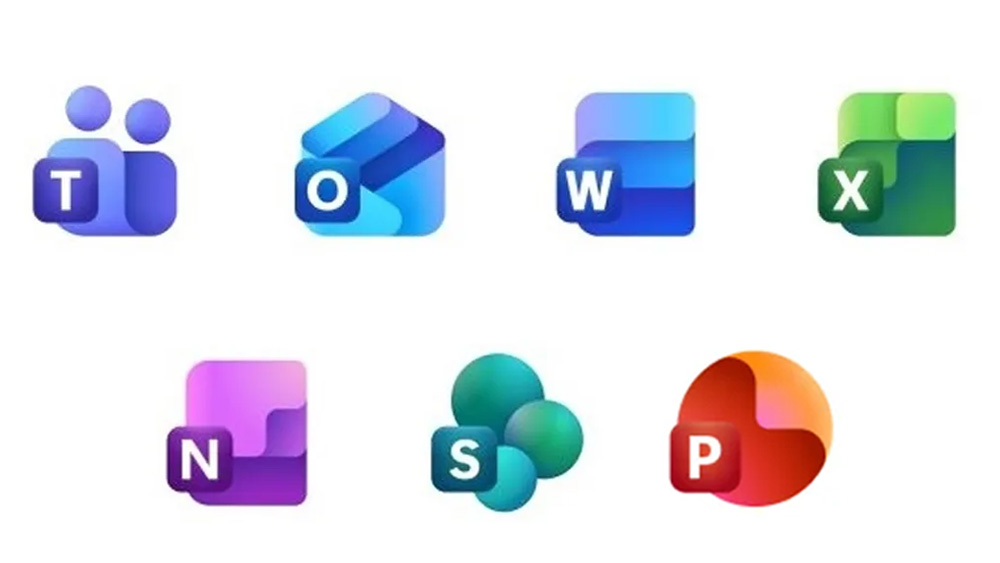OpenAI Unveils GPT-4.1: A Major Upgrade in Multimodal AI Technology

In a significant advancement in artificial intelligence, OpenAI has officially launched GPT-4.1, the successor to its previous multimodal model, GPT-4o, which was released just last year. This announcement was made during a live-streamed event on Monday, where OpenAI representatives highlighted that GPT-4.1 surpasses its predecessor in virtually every aspect, boasting a larger context window and substantial enhancements in coding capabilities and instruction comprehension.
Developers can now access GPT-4.1 along with two additional, smaller models: GPT-4.1 Mini and GPT-4.1 Nano. The Mini version is designed to be more cost-effective for developers, while the Nano model is touted as the smallest, fastest, and most affordable option to date. This strategic release aims to cater to a variety of developers, from those needing robust capabilities to those working with limited resources.
All three modelsGPT-4.1, GPT-4.1 Mini, and GPT-4.1 Nanoare capable of processing an impressive one million tokens of context, which includes text, images, or videos provided in a prompt. This is a significant upgrade from the 128,000-token limit of the GPT-4o model. OpenAI stated in their announcement, "We trained GPT-4.1 to reliably attend to information across the full one million context length. Weve also trained it to be far more reliable than GPT-4o at noticing relevant text while disregarding distractions over both long and short context lengths." This advancement is expected to greatly enhance user interactions and application performance.
Furthermore, an important aspect of GPT-4.1 is its cost efficiency. The model is priced 26 percent lower than its predecessor, GPT-4o. This reduction in cost is particularly noteworthy in light of the recent debut of DeepSeeks ultra-efficient AI model, which has put pressure on competitors to provide affordable solutions.
On a technical performance front, GPT-4.1 demonstrated its capabilities by completing 54.6% of tasks in the SWE-Bench benchmark, underscoring its proficiency in meeting complex challenges.
The timing of this launch is also strategic as OpenAI prepares to phase out the two-year-old GPT-4 model from its ChatGPT platform by April 30th. In an official changelog, the company stated that the upgrades made to GPT-4o position it as a natural successor to the older model. Additionally, OpenAI has announced plans to deprecate the GPT-4.5 preview in its API on July 14th, with GPT-4.1 providing improved or equivalent performance on critical tasks at a lower cost and latency.
GPT-4o, which currently serves as the default model in ChatGPT, underwent updates last month to introduce new image-generation capabilities. These features were so well-received that OpenAI had to impose limitations on requests and temporarily suspend access for free ChatGPT accounts to prevent overloading their GPU resources.
The introduction of GPT-4.1 validates reports from the previous week regarding OpenAI's preparations for new model launches, indicating a shift in the company's release strategy. On April 4th, OpenAI CEO Sam Altman announced via X that the anticipated GPT-5 launch has been postponed and is now expected in a few months, later than the previously projected May deadline. Altman noted that this delay is due to the challenges OpenAI faced in achieving a smooth integration of various features.
In addition to GPT-4.1, OpenAI is on the verge of releasing the full version of its o3 reasoning model and a mini variant known as o4, with indications already appearing in the latest ChatGPT web release, as identified by AI engineer Tibor Blaho. These upcoming models promise to further enhance the capabilities and applications of AI in diverse fields.





















